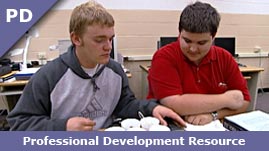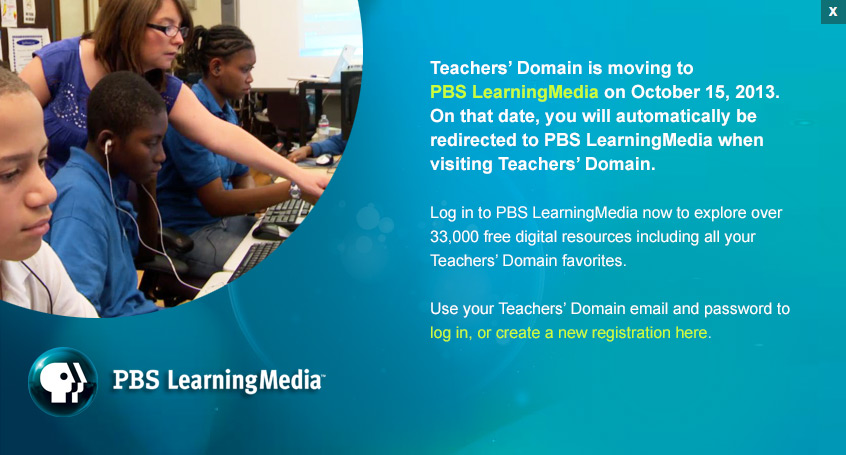Teachers' Domain - Digital Media for the Classroom and Professional Development
User: Preview


Source: Getting Results: "Active Teaching and Learning/Overview"
This media asset is from Getting Results: "Active Teaching and Learning/Overview."
In this professional development video from Getting Results, Dr. John Bransford, professor of education at the University of Washington School of Education, and an instructor talk about how to engage students. Bransford says engagement involves getting students interested in working on problems they have some knowledge about, followed by reflection on different learning strategies. The instructor is shown facilitating a physics experiment. His students try to predict the outcome of the experiment, and then discuss their findings as a group. Bransford concludes by saying that classroom activities connecting theory with practice help students to value what they learn.
Often students who actively relate to a subject learn far more than those who take in information passively. When the instructor engages students with content they already know a little about, students become discoverers and transformers of their own knowledge. By centering instruction on the student, rather than on the instructor-as-expert, learning can be a cooperative activity.
In a student-centered approach, students might work on problems on their own, and then come together as a group to share their individual learning experiences. Through this, they might discover each other’s unique learning strategies, and come to understand their own learning styles, which will help them learn down the road.
Hands-on activities are also a particularly helpful part of student-centered learning. Practicums or labs that target different learning styles can follow lectures. Hands-on experiments, fieldwork, teamwork, and case-based learning engage students and can help them appreciate their education. These approaches also connect abstract ideas with the real world.
 Loading Standards
Loading Standards